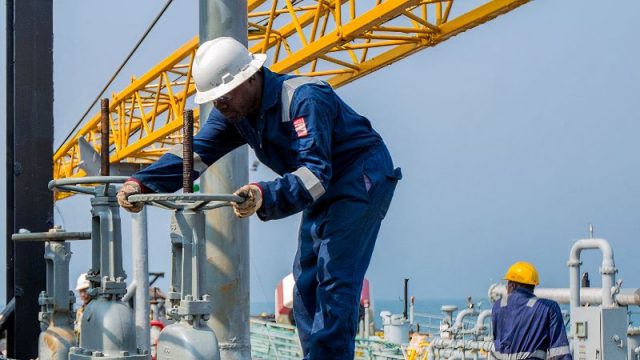…In Africa, the big changes from higher oil and our updated Real Effective Exchange Rate (REER) model are in Nigeria and Angola, writes Charlie Robertson
WED 26 JAN, 2022-theGBJournal- With oil at $80 we expect the naira to reach NGN465/$, which would be nearly exactly in line with its average NGN473/$ since 2004, based on our Africa economist Yvonne Mhango’s REER model.
This would put the current account (C/A) back into surplus, which then more than offsets the demographically-inspired shortage of savings.
While investors and many businesses locally are in ‘wait and see’ mode ahead of the early 2023 presidential elections and a possible shift in FX policy by mid-2023, these numbers suggest investors may already feel an improvement in 2022.
Angola’s currency only appears overvalued by a few percent based on Yvonne’s model, which is also positive for the reforming authorities ahead of their elections.
From 1997 to now, Brent has averaged $58/bbl in nominal terms but $68/bbl over 1997- 2021 in constant 2020 prices, or over $70/bbl in 2022 current prices. But using Yvonne’s model Brent has averaged $72/bbl in nominal terms since 1 January 2004, or $82/bbl over 1997-2021 in constant 2020 US dollar prices, so over $85/bbl in current prices.
As the spot oil price is nearly $90/bbl and we assume an average oil price of $80/bbl in today’s money, Yvonne’s model is probably closer to where the naira should be. Coincidentally, that is in line with her new end-year FX forecast below.
Note that for the savings and investment reasons we outlined in our 2019 reports on demographics and savings, what we think would be best for Nigeria is a currency policy that helps keep the C/A in surplus. Negative real yields count against this (they encourage investment and imports), but limited supply of dollar liquidity and import restrictions support this. With $80/bbl oil, we now think Nigeria runs a C/A surplus, in contrast to the IMF forecasts given in October (assuming a lower oil price). This is good news.
A similar logic applies to Angola too. If we use Yvonne’s model (and we should), Angola’s currency is only a few percent overvalued. Which leaves Kenya looking a little more exposed, but at just 15% overvalued with positive real rates, we assume limited depreciation in nominal terms. The fact that Kenya’s inflation is less than the US shows the situation has not worsened in 2021. Elections might alter Kenya’s medium-term outlook, but not before late 2022.
Zambia appears cheap if we use Yvonne’s model, which again aligns better with a period of high copper prices than the 25-year London model.
Two cheap currencies are Ghana (not quite as cheap as before), and Rwanda, which keeps getting cheaper. Both have notable debt burdens and credit rating risks (Ghana was already downgraded in January). A return to travel and tourism would help both. We are still in the process of analysing Ghana’s credit risk, but as of last week, we still do not have C/A figures for the second half of 2021.
Thoughts from a Renaissance man| Charlie Robertson|CRobertson@rencap.com
Twitter-@theGBJournal|Facebook-The Government and Business Journal|email: govandbusinessj@gmail.com|










